Various types of ammunition are available in the market. Full Metal Jacket (FMJ) and Hollow Point are well-known bullets for practice and self-defense.
However, there is a common query about when to use each and why.
So if you’re wondering about choosing between these two bullets, this article is for you!
We have compared Fmj vs Hollow Point in several aspects to make your choice easier.
Let’s scroll down to see more!
What is Full Metal Jacket Bullet?
“FMJ” stands for “Full Metal Jacket,” which refers to a type of bullet or ammunition commonly used in firearms. A full metal jacket bullet is designed with a soft lead core that is encased in a harder metal shell or jacket, typically made of copper or a copper alloy. This design has several purposes and characteristics:
- Penetration: The hard metal jacket helps the bullet maintain its shape and prevents it from deforming upon impact with a target. This characteristic enhances penetration through barriers such as clothing or other materials.
- Reduced barrel fouling: FMJ bullets tend to produce less fouling in the firearm’s barrel compared to unjacketed lead bullets. This can lead to longer periods between cleanings.
- Reliability: FMJ ammunition is known for its reliability and consistent performance, making it a popular choice for target shooting, training, and military use.
- Cost-effectiveness: FMJ ammunition is often more cost-effective than other types of ammunition, making it a practical choice for shooters who go through a significant amount of rounds during practice and training.
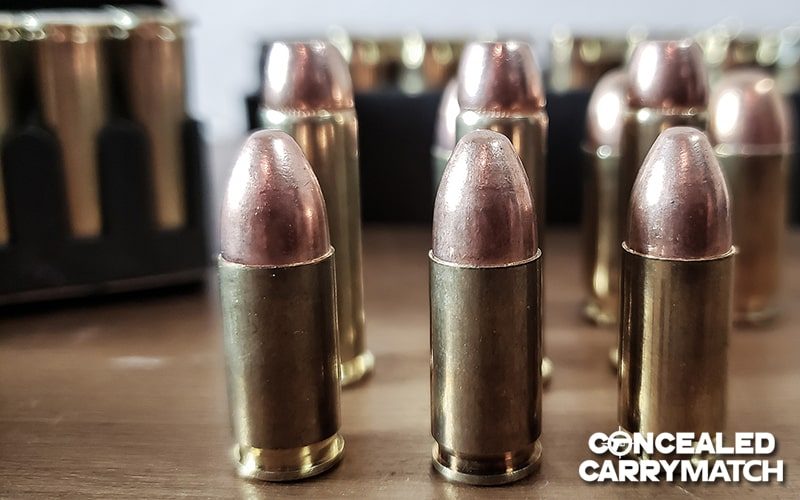
What is Hollow Point Bullet?
A hollow-point bullet is a type of firearm projectile designed for specific purposes, typically in self-defense, law enforcement, and hunting applications. It is characterized by a hollowed-out or concave tip at the front of the bullet, which creates a cavity in the nose of the projectile. This cavity is designed to deform upon impact, causing the bullet to expand or “mushroom” as it penetrates its target.
The key characteristics and advantages of hollow-point bullets include:
- Controlled Expansion: When a hollow-point bullet strikes a soft target, such as tissue or ballistic gelatin, the hollow point allows the bullet to expand rapidly. This expansion increases the bullet’s diameter and slows it down, which results in greater energy transfer to the target and potentially more stopping power.
- Reduced Over-Penetration: Hollow points are less likely to over-penetrate a target compared to traditional full-metal jacket bullets, which can help minimize the risk of collateral damage or harm to bystanders.
- Increased Stopping Power: Due to their ability to transfer more energy to the target and create larger wound channels, hollow points are often considered more effective at incapacitating a threat quickly, making them popular for self-defense and law enforcement use.
- Improved Terminal Ballistics: The expanded shape of a hollow-point bullet creates larger wound channels and disrupts vital organs or tissues, increasing the likelihood of incapacitating an attacker or stopping game animals more effectively when used in hunting.
- Enhanced Accuracy: Hollow-point bullets are often designed with aerodynamics in mind, which can improve their flight stability and accuracy, especially at longer distances.
Quick (Full Metal Jacket) FMJ vs Hollow Point Bullet Comparison Table
| Aspect | Full Metal Jacket (FMJ) | Hollow Point (HP) |
|---|---|---|
| Bullet Design | Bullet is fully encased in a metal jacket, with a soft lead core typically exposed only at the base. | Bullet features a hollowed-out or concave tip, creating a cavity in the nose of the projectile. |
| Penetration | FMJ bullets tend to penetrate deeper into targets due to their ability to maintain their shape upon impact. | HP bullets are designed to expand upon impact, reducing penetration and potentially staying within the target. |
| Expansion | FMJ bullets do not expand; they tend to pass through the target without significant deformation. | HP bullets are designed to expand upon impact, creating larger wound channels and transferring more energy to the target. |
| Wound Channel | FMJ bullets create relatively smaller wound channels, as they don’t deform significantly. | HP bullets create larger wound channels due to expansion, potentially causing more tissue damage. |
| Over-Penetration | FMJ bullets have a higher tendency to over-penetrate, posing a greater risk of hitting unintended targets. | HP bullets are less likely to over-penetrate, reducing the risk of collateral damage. |
| Stopping Power | FMJ bullets may have less immediate stopping power as they lack expansion, relying more on penetration and shot placement. | HP bullets are known for their greater stopping power due to rapid expansion and increased energy transfer. |
| Accuracy | FMJ bullets are often used in target shooting and military applications due to their stable flight characteristics. | HP bullets can also be accurate, but their aerodynamics may vary depending on the specific design. |
| Applications | FMJ is commonly used for target practice, military use, and general plinking. | HP bullets are favored for self-defense, law enforcement, and hunting applications. |
| Legal Considerations | FMJ ammunition is typically less restricted by laws and regulations in many places. | HP ammunition may be subject to legal restrictions in certain jurisdictions due to its perceived lethality. |
| Cost | FMJ ammunition is often less expensive than HP ammunition, making it more cost-effective for training and practice. | HP ammunition is generally more expensive due to its specialized design and intended use. |
Detailed Comparison Between FMJ vs Hollow Point
Quick Feeding
The FMJ round feeds quickly and efficiently. This bullet has a gold standard for quick and reliable feeding. The JHP round, on the other hand, is prone to feeding and jamming problems.
The JHP bullet has a poor reputation because of lousy feeding reliability in the 1911s. But the reliably feed ramp improvements have been made for the JHP ammo to make up.
The winner is the FMJ bullet.
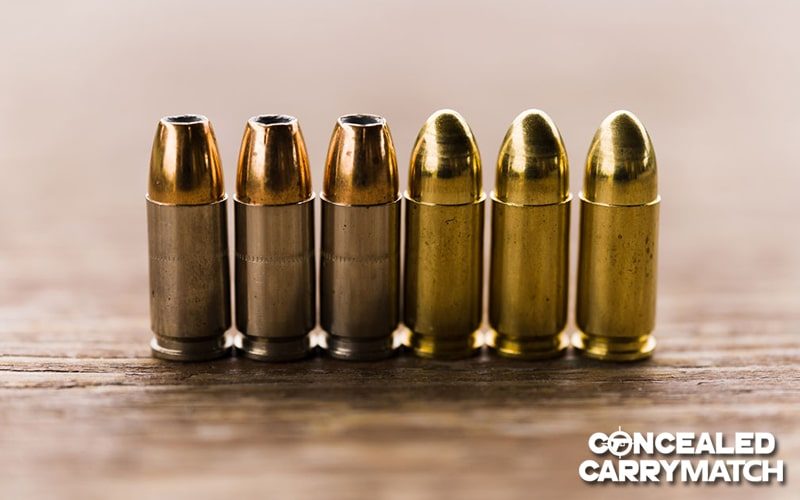
Hunting
If you want to maximize your shot’s impact when hunting, you can’t go wrong with the JHP ammo. This bullet will expand on impact, and once it has been deeper into your target, it will instantly kill or incapacitate the target.
Even if this bullet is costly, you won’t utilize it often. And it will save your life, making this ammo worth it.
The winner is the JHP bullet.
Stopping Power
The Hollow point bullet features an amazing stopping control than the FMJ one.
Its expansion when hitting a target will allow the ammo to slower and stay inside soft tissues.
The FMJ bullet doesn’t expand when reaching the target, making it a good choice for shooting practice. But the FMJ ammo cannot slow down when hitting the target. It will pass through and may be fatal on unintentional impact.
The winner is the JHP bullet.
Penetration
The FMJ bullet features a very consequential penetration power, more than the hollow point round. Unfortunately, the pass-through penetration of the FMJ round may lead to unintentional damage.
The Hollow Point ammo has reduced penetration depth because of its fantastic stopping control. So you can expect it to reduce the chances of passing through your intended target and causing unwanted damage.
The winner is the FMJ bullet.
Trajectory
The FMJ bullet maintains trajectory, while the JHP round is a smaller arms projectile. Once hitting one target, the Full Metal Jacket round doesn’t expand. Instead, it passes through until it hits its range.
Besides that, an FMJ bullet features an amazing ballistic test on the ballistics gel. That way, it doesn’t lose speed or accuracy in the gun ammunition.
The winner is the FMJ bullet.
Expansion
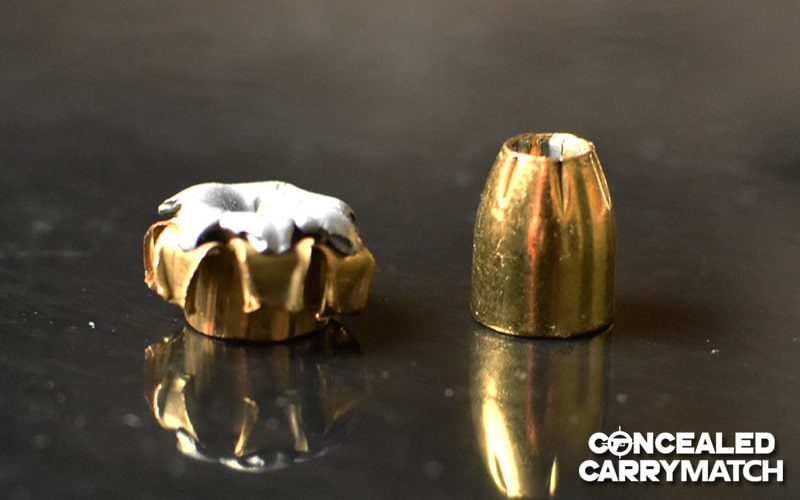
After the firing pin of your gun strikes, the hollow point round will expand with the usage of the hollowed tip.
This hollow tip will deform when it reaches your target, making the JHP look similar to a funny mushroom that will slow down the round.
The FMJ ammo is a ball bullet that isn’t built to expand once reaching a target. This round is produced from a gilding metal or harder metal with one lead core.
The winner is the JHP bullet.
Usage
The hollow point bullet is the way to go when discussing self-defense. In fact, its impact can cause fatal damage to your target.
Moreover, the FMJ bullet is not ideal for the self-defense situation as it carries a high hazard of going through a target and hitting innocent bystanders.
The winner is the JHP bullet.
Shooting And Range Practice
Using the FMJ round on shooting or range practice is best as you do not need expanding bullets. Ensure there isn’t a hazard of collateral damages while using it in the shooting practice.
Besides this, the FMJ round is less expensive than its hollow point counterpart.
The winner is the FMJ bullet.
Cost
The Hollow Point bullet is more expensive than the Fmj one. It is mainly due to the high cost of hard metals and manufacturing.
The cost of the Hollow Point round is higher as it needs more machining stages for higher precision. That is why this bullet is ideal for home defense and concealment.
The FMJ bullet is economical and is ideal for stockpiling purposes and target practice. The price of the FMJ is less than half the price of the Hollow Point one.
The winner is the FMJ bullet.
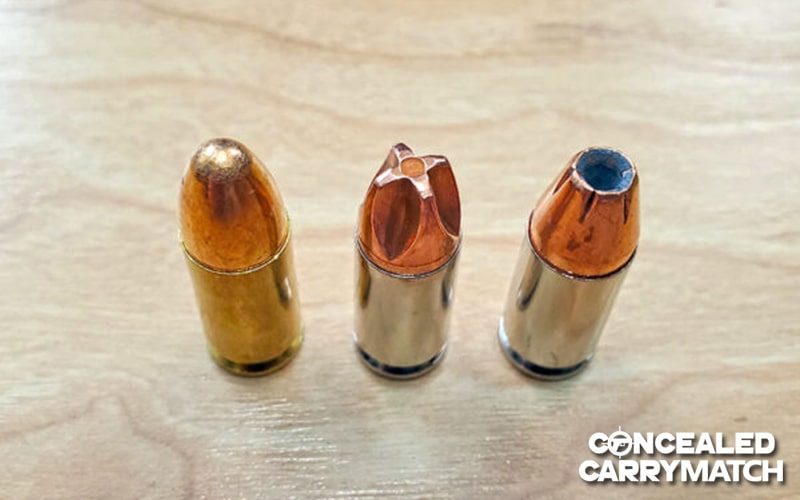
FAQs about Full Metal Jacket and Hollow Point
1. What is the primary purpose of FMJ ammunition?
FMJ ammunition is primarily used for target practice, training, and military applications. Its design promotes penetration and accuracy while minimizing damage to the target.
2. What is the primary purpose of Hollow Point ammunition?
Hollow Point ammunition is designed for self-defense, law enforcement, and hunting applications. Its main advantage is the ability to expand upon impact, creating larger wound channels and transferring more energy to the target.
3. Are FMJ bullets less lethal than Hollow Point bullets?
FMJ bullets can be less immediately lethal than Hollow Point bullets due to their limited tissue damage and penetration characteristics. Hollow Point bullets are designed to incapacitate targets more effectively.
4. Why do militaries use FMJ ammunition?
Militaries often use FMJ ammunition because of its reliability, penetration capabilities, and cost-effectiveness for training purposes. It is also less likely to cause collateral damage in military engagements.
5. Do Hollow Point bullets always expand upon impact?
Hollow Point bullets are designed to expand upon impact, but factors like velocity, angle of impact, and the target’s density can influence whether or how much they expand.
6. Are there legal restrictions on using Hollow Point ammunition?
Laws and regulations regarding the use of Hollow Point ammunition vary by jurisdiction. Some places may have restrictions on the use or possession of Hollow Points due to their perceived lethality. It’s crucial to be aware of local laws.
7. Can I use Hollow Point ammunition for target practice?
While you can technically use Hollow Point ammunition for target practice, it is generally more expensive than FMJ ammunition. Most shooters prefer FMJ for practice and save Hollow Points for self-defense or hunting.
8. Are there specific firearms that are better suited for Hollow Point ammunition?
Many modern handguns are designed to feed and function reliably with Hollow Point ammunition. However, it’s always a good idea to test your firearm with your chosen self-defense ammunition to ensure proper functioning.
9. Are there alternatives to FMJ and Hollow Point bullets?
Yes, there are other types of bullets, such as soft point (SP), frangible, and specialty ammunition, designed for specific purposes. Each has its unique characteristics and applications.
10. Can I reload FMJ and Hollow Point ammunition?
Both FMJ and Hollow Point ammunition can be reloaded, but it requires the appropriate equipment, components, and knowledge of the reloading process. Reloaded ammunition should always meet safety standards.
The Bottom Line
The FMJ ammo will work well for training and practice, thanks to its affordability. Yet, it is okay to utilize the JHP bullet for training. Otherwise, you can use the JHP ammo for your concealed carry guns. It would also be ideal for a self-defense situation. By now, you should know the difference between FMJ vs Hollow Point bullets. Hopefully, through this article, purchasing the proper ammo in a local gun store will not be confusing anymore.
Last Updated on November 21, 2023 by




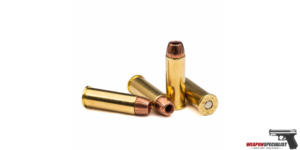
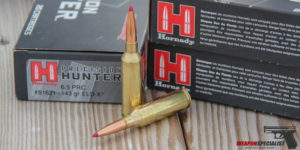

Are there any other types of ammunition that are commonly used besides FMJ and Hollow Point?
Yes, there are several other types of ammunition commonly used, including but not limited to:
Soft Point (SP): Similar to Hollow Point bullets, these have a partially exposed lead tip but lack the expansion cavity. They offer better expansion than FMJ bullets but less than Hollow Points.
Ballistic Tip: These bullets have a plastic tip over a lead core. The plastic tip enhances aerodynamics and can provide controlled expansion.
Frangible: Frangible bullets are designed to break apart upon impact with hard surfaces, reducing the risk of ricochets and over-penetration. They are commonly used in close-quarters training and steel target shooting.